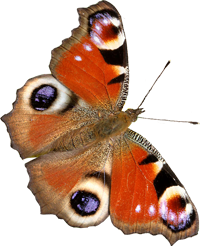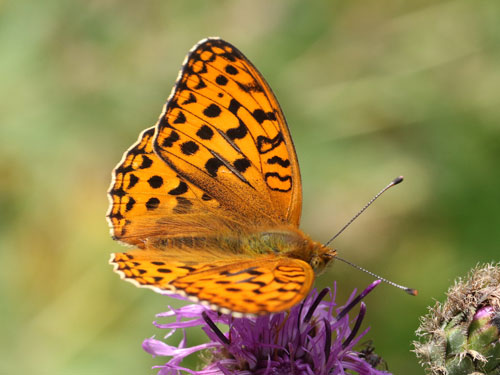
Valais, Switzerland, June 2015
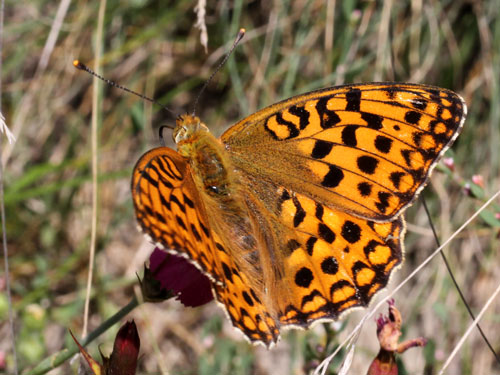
Valais, Switzerland, September 2010
Field notes and information
A widespread and often common species across much of Europe. Very rare and seriously threatened in the UK due to habitat pressures and changing woodland management regimes.
Identification & Similar species: Separated from the niobe fritillary A. niobe by the shape of the margin of the forewing which is staight or slightly concave vs rounded/ convex. On the underside, it usually lacks a black pupil in the underside hindwing basal spot and the veins are not lined black as in the niobe fritillary A. niobe . This latter feature holds true in the pale forms A. niobe f. eris & A,. adippe f. cleodoxa. Replaced in north Africa by the Moroccan high brown fritillary, A. auresianna.
Distribution & Flight: Europe, absent from most of the UK and northern Scandinavia. Single brooded flying in June/ July and into August.
Habitat & Behaviour: Clearings in open woodland and bushes. Frequently feeds on thistles, knapweeds and similar flowers. Also takes salts from mud.
Variation: Two forms are named depending on the decreasing extent of the green basal area on the underside hindwing: chlorodippe & cleodippe. The form cleodoxa has an overall sandy underside, lacking the reflective spots.
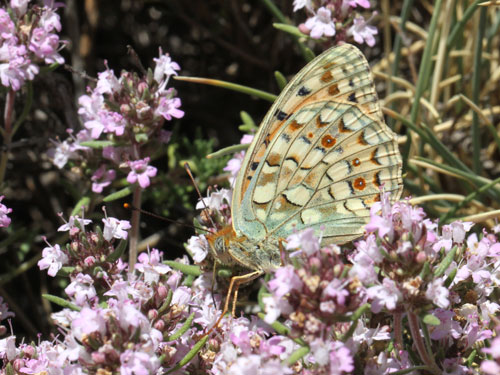
Sierra Nevada, Spain, July 2013
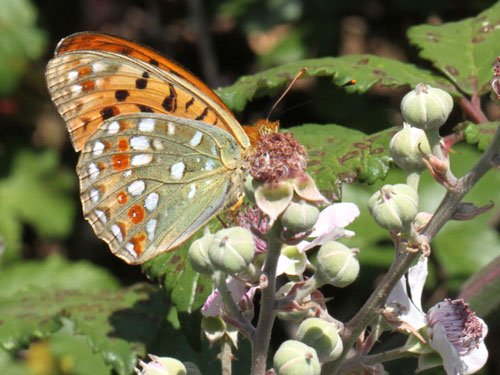
Granada, Spain, July 2013
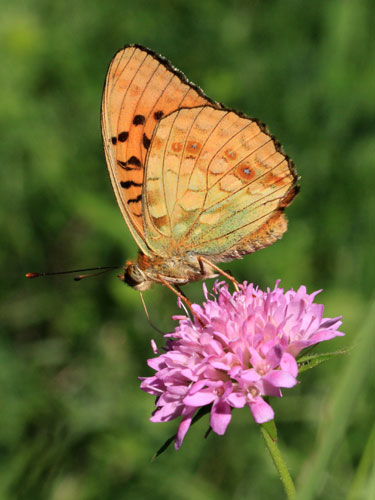
SW Serbia, June 2012
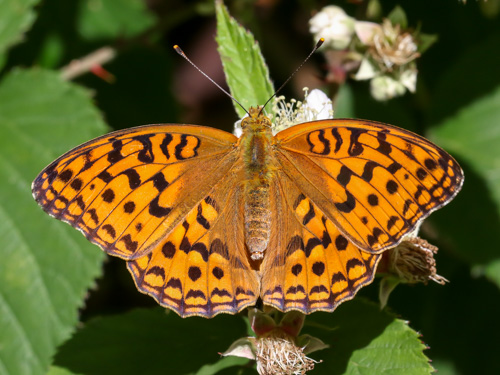
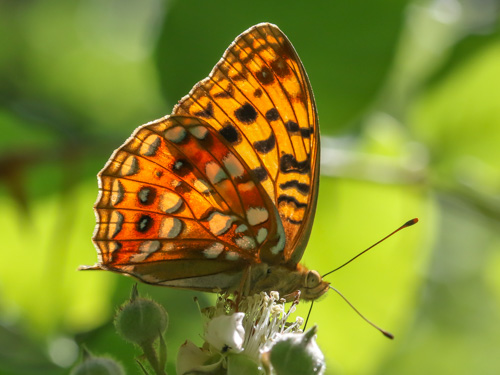
Vaud, Switzerland, July 2021
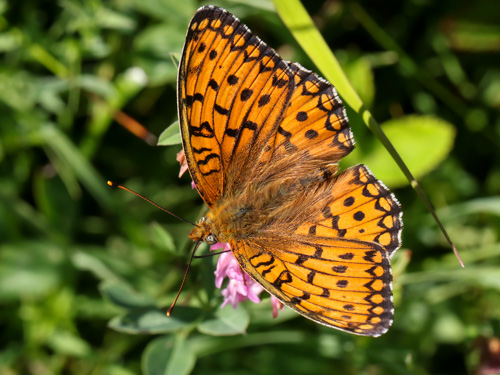
Vaud, Switzerland, June 2020
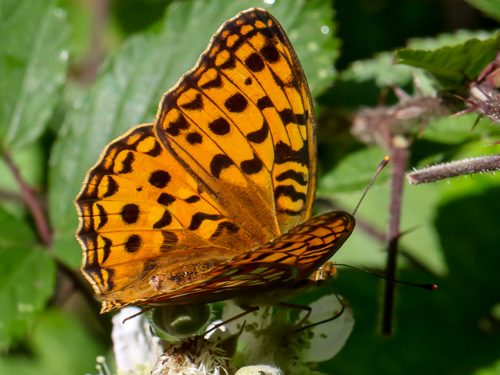
Vaud, Switzerland, July 2021
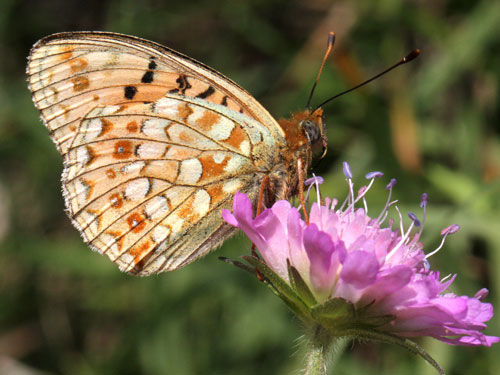
Valais, Switzerland, August 2013
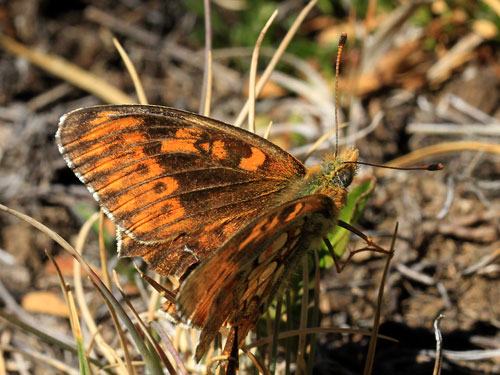
Hautes Alpes, France, August 2012
An aberration, the black markings are merged together.
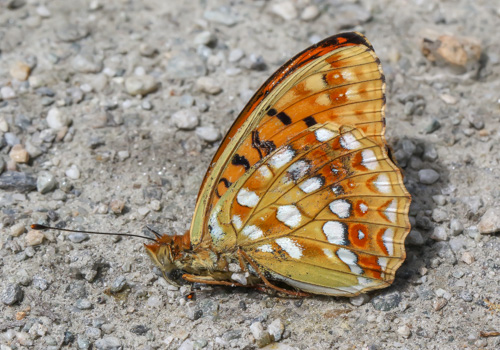
Valais, Switzerland, June 2022
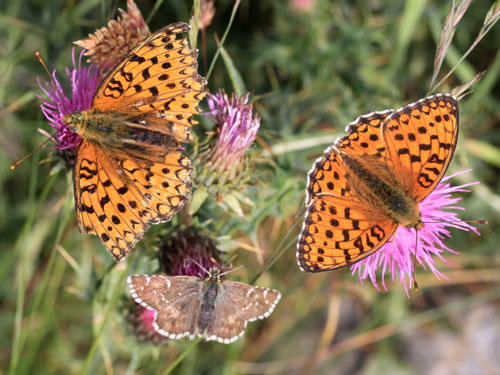
Hautes Alpes, France, August 2012
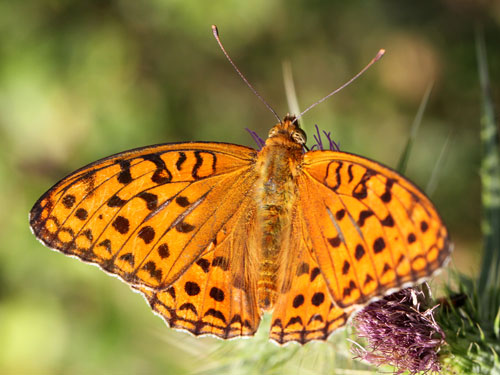
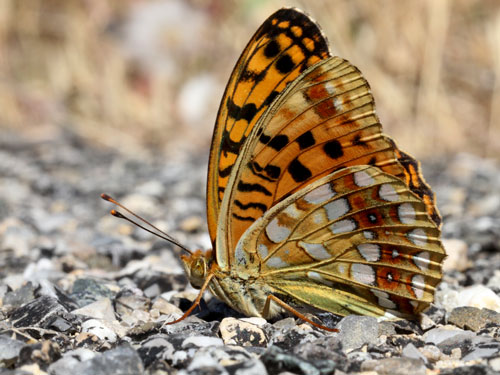
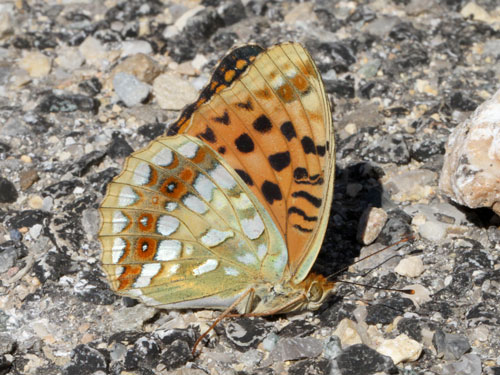
Var, France, July 2010
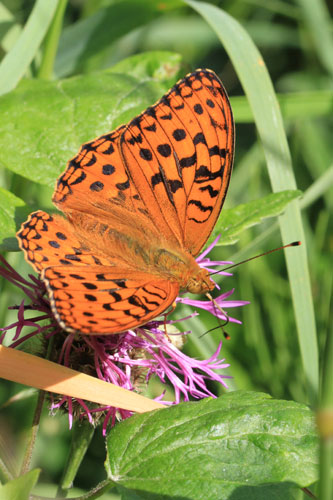
Valais, Switzerland, June 2011
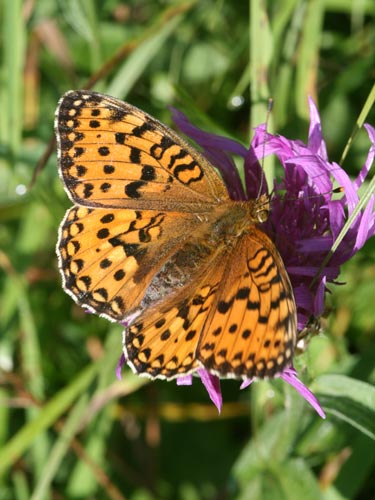
Valais, Switzerland, August 2007
Female.
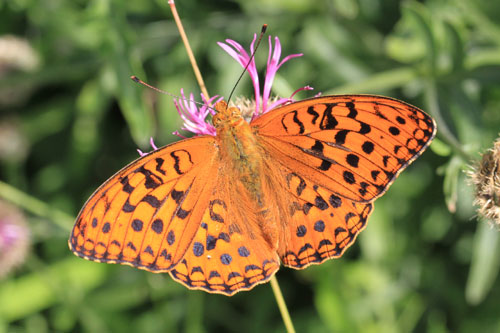
Valais, Switzerland, June 2011
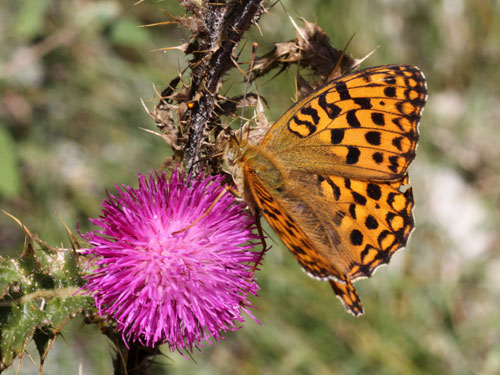
Valais, Switzerland, September 2010
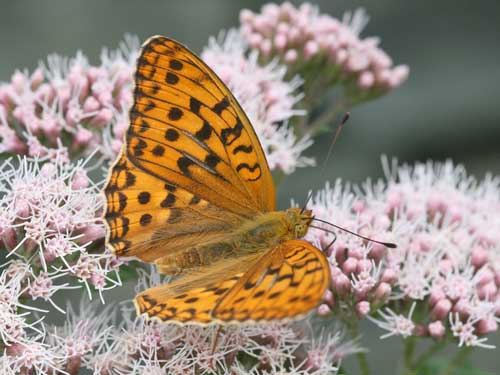
Valais, Switzerland, July 2009
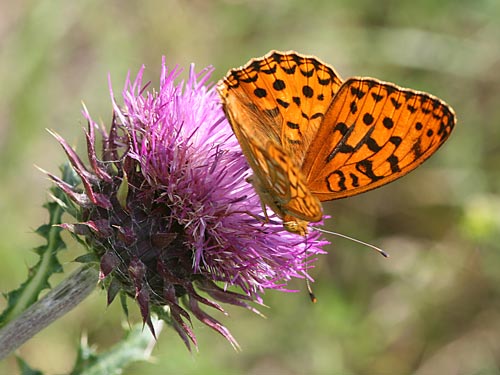
Valais, Switzerland, June 2007
